Everyday life of the Vikings: not only wars and robbery
Categories: Culture | History | Nations
By Pictolic https://mail.pictolic.com/article/everyday-life-of-the-vikings-not-only-wars-and-robbery.htmlWhen we hear the word "Vikings", images of plunder, fire and swords immediately come to mind. Wild, bearded warriors with axes, racing on their drakkars, remained a symbol of terror throughout Europe for centuries. But who were these people really? How did they live, what did they eat, what did they believe in and what did they do in peacetime?
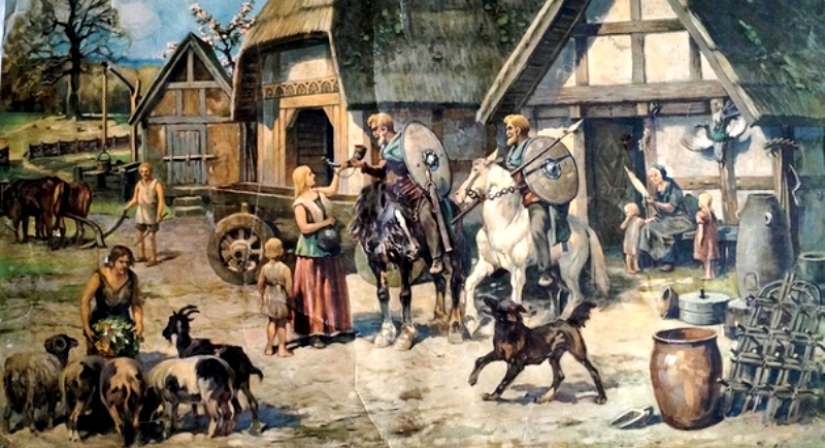
The Vikings terrorized Europe for over four centuries with their daring and devastating raids. Archives in Britain, France, Spain and many other countries contain documents detailing their warlike nature, weapons, tactics and incredible cruelty.
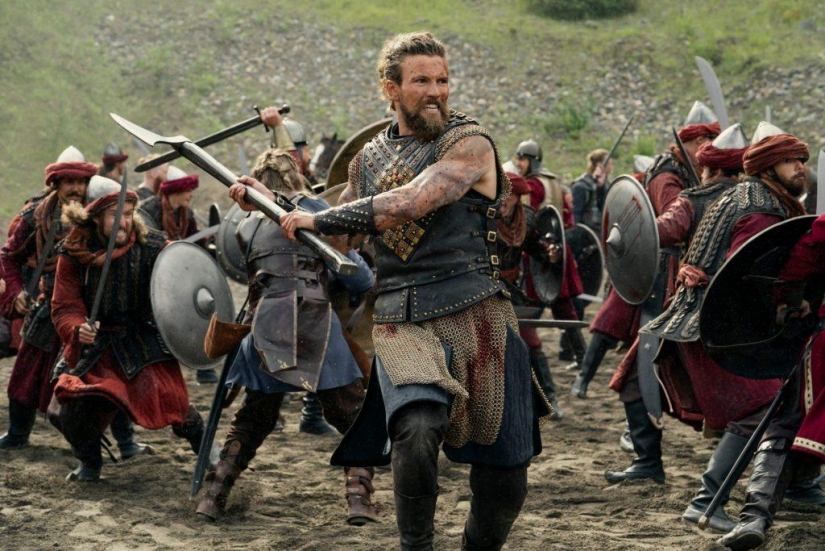
Due to the lack of information about everyday life, stories about the Vikings turned out to be one-sided. Medieval chroniclers had no idea how the overseas aggressors lived, what they ate, or how they spent their free time. In addition, the people of that time did not have a particular desire to understand their way of life. The Anglo-Saxons called them Danes, after the place from which they sailed. The Franks used the word Normanni, which means "inhabitants of the North." The Germans called them "ash people," perhaps alluding to their ships, although in fact the Vikings' ships were built of oak. The Irish, for their part, used two different terms: Gaill, meaning "foreigners," and Lochlannaigh, "inhabitants of the North."
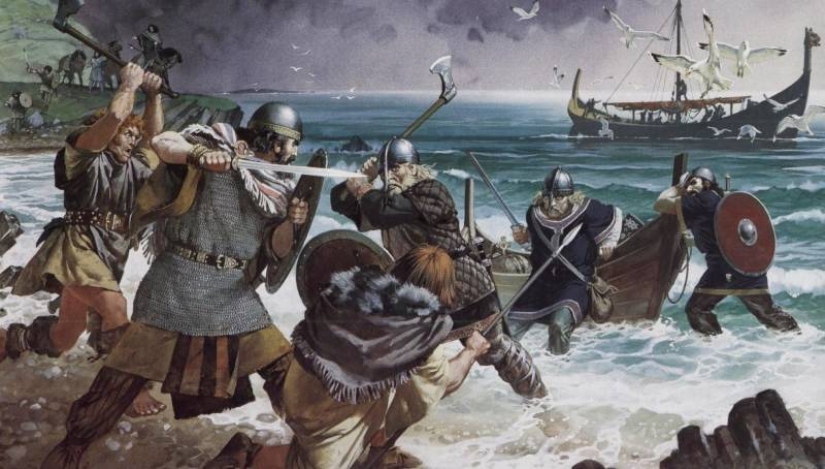
In ancient documents, Scandinavians were depicted as barbarians and robbers, greedy and merciless. But the Vikings themselves created heroic sagas and songs about gods and heroes, without paying much attention to describing their daily lives. The real picture of the lives of these people began to emerge relatively recently, thanks to archaeologists and ethnographers.
Excavations conducted by scientists over the last century in Sweden, Norway, Denmark and Iceland have revealed the culture and way of life of the Vikings to everyone. To the surprise of many, their world turned out to be not as barbaric as it was usually considered. During the research, many interesting items were discovered: works of art, geographical maps, simple navigational instruments and even original children's toys.
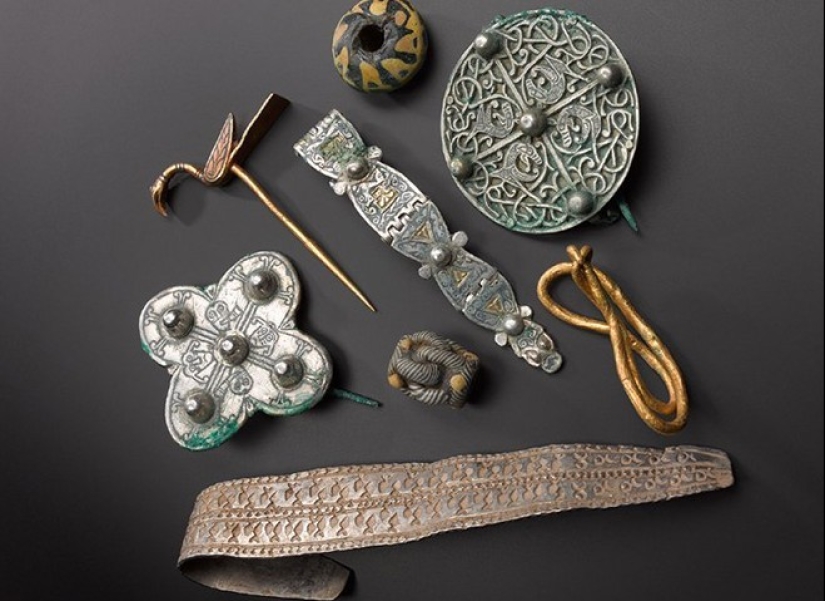
It turned out that northerners were more clean than other Europeans. Among the artifacts, archaeologists found many hygiene items - combs, toothpicks, nail cleaning sticks and much more. The Vikings also knew a thing or two about convenient and high-quality dishes, which were made of wood, clay, metal or bone.
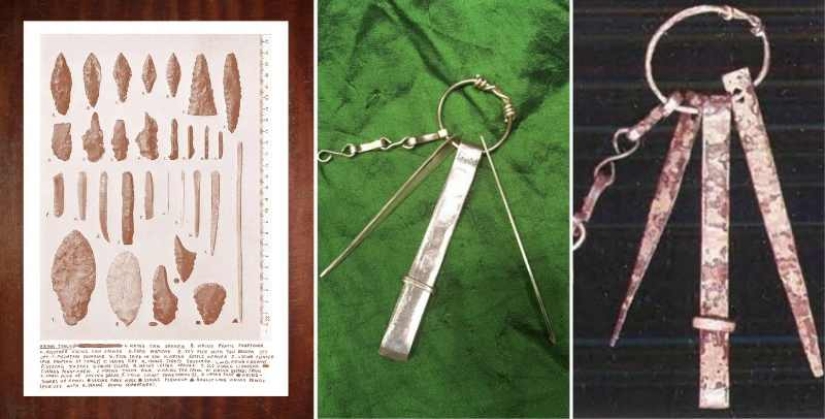
Conquest and plundering campaigns were popular among northerners. This way of life was formed due to the harsh climate and limited resources of Northern Europe. But the Vikings did not travel to other countries only for profit. Their travels had more mundane reasons. For example, they were actively engaged in trade, often moving thousands of kilometers away from their homelands.
The tribes that inhabited the territory of modern Denmark and Sweden successfully combined agriculture with cattle breeding. The inhabitants of Norway had a more complicated situation. Although they also bred cattle, their main occupations were hunting and fishing. As for the Vikings from the island of Iceland, they were completely dependent on the sea and its gifts.
In Norway, livestock farming was considered an unreliable occupation. Livestock farmers were completely dependent on the weather conditions to stock up on food for the long winter. Because of this, the inhabitants of the northernmost regions of Europe often resorted to the complete slaughter of livestock, having no way to feed them.
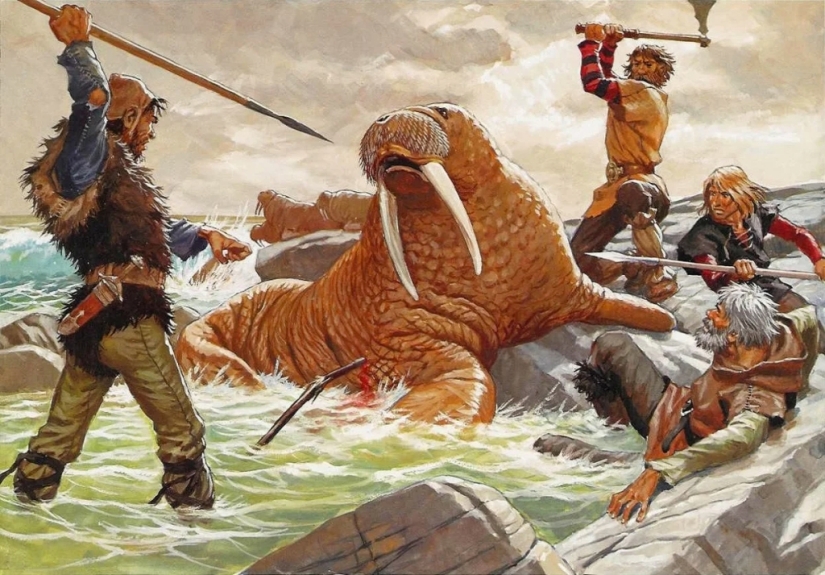
On small plots of land suitable for farming, they mainly grew unpretentious crops. For example, barley and oats, which were used to feed people and animals, and also served as raw materials for making honey and beer. Hunters looked for prey in the mountains, forests and tundra - deer, elk, bears, wild boars. Trout was caught in the rivers, and cod and herring in the sea. The Vikings even managed to hunt whales. A successful catch of such a sea giant provided the village with food for a long time.
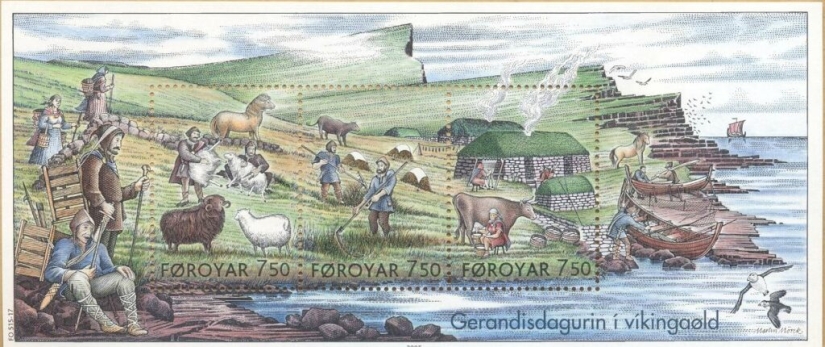
The Vikings were not only warriors, but also skilled craftsmen. Blacksmiths forged swords and tools, jewelers created jewelry with intricate patterns, and weavers produced durable fabrics. These products were valued not only at home, but also abroad.
Trade played a huge role in the lives of the Vikings. They travelled to distant lands to exchange furs, honey or amber for silk, spices or silver. Their ships sailed rivers and seas, connecting Scandinavia with Europe, Asia and even the Middle East. City markets, such as those in Hedeby or Birka, were bustling with activity: here people traded, exchanged news and made deals.
Since hunting and fishing in the northern regions often depended on chance, the Vikings came up with many ways to preserve meat and fish. They not only dried, salted and froze supplies, but also used specific culinary technologies that made Scandinavian cuisine famous throughout the world.
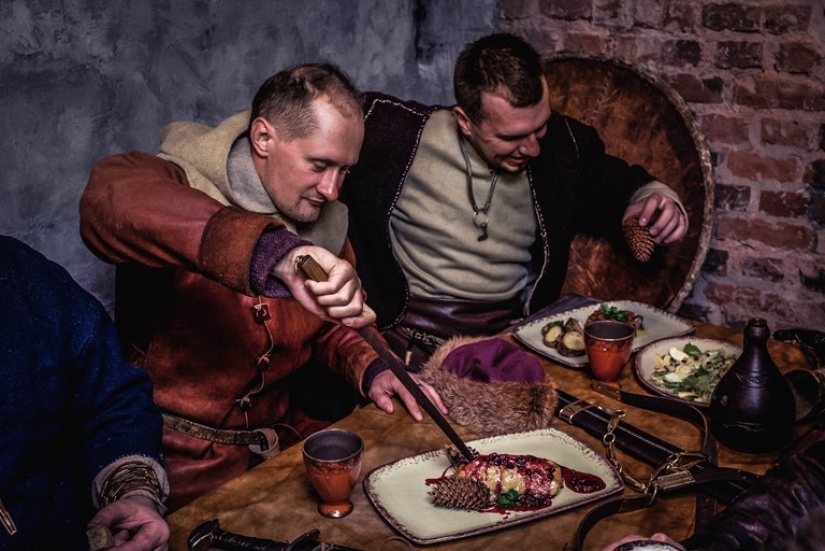
The main menu of any Scandinavian was meat or fish. Dairy products were also included in the diet: butter, soft cheeses and a fermented milk drink called skyra. Porridges and soups were prepared from cereals. Vegetables were extremely rare on the Vikings' table. Only in the 10th century did they begin to grow cabbage in some places, and before that they made do with seaweed.
Meat dishes were most often cooked on a spit or grill. It was also common to bake meat and fish in pits with coals or in ovens made of stone. Vikings ate twice a day - at noon and in the evening, but if necessary they could afford a snack. They drank alcohol at any time of the day, even in the morning. But in the evening they still drank more often and more. After heavy drinking, men often fell asleep right at the table or under it. This was perceived as the norm and did not bother anyone.
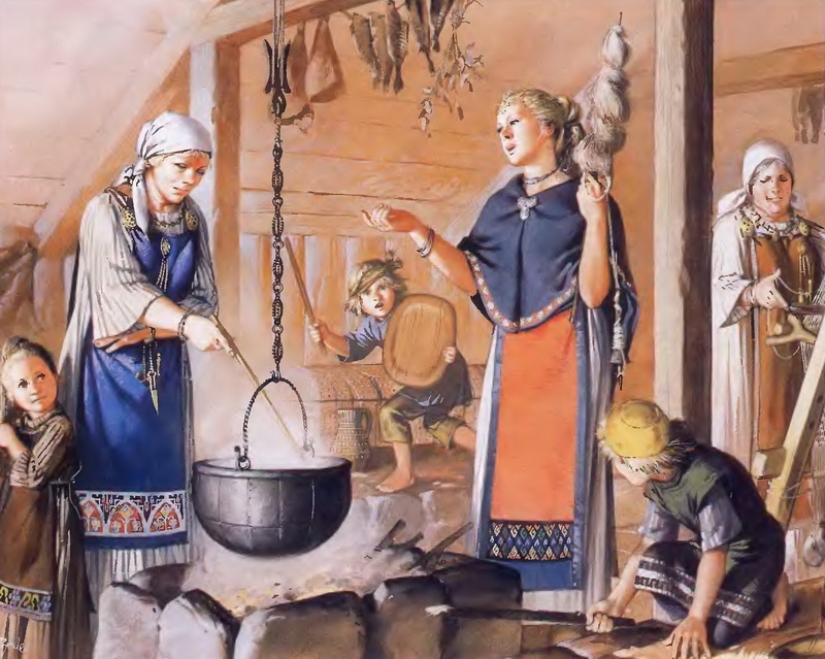
Hunger was a frequent guest in the Viking lands: sometimes mass death could last for several years. Due to crop failure or a series of unsuccessful hunts, settlements were left with minimal food supplies in winter. In such cases, the Scandinavians resorted to extreme measures. To save warriors and women, old people were driven out of the village to certain death, and babies were drowned.
Contrary to popular belief, not all Vikings went on military campaigns. Most led a quiet, sedentary life and tried to avoid traveling. Sometimes, a peasant or hunter was forced by circumstances to join a military squad. Sometimes, having tried the hard lot of a warrior, a man decided to return to peaceful life. For many Scandinavians, traveling was an unusual and frightening undertaking. Usually, people spent their entire lives in one settlement and its surroundings.
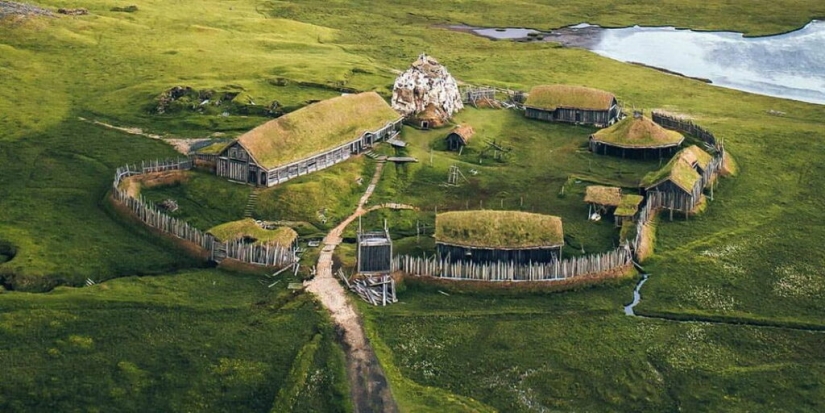
Warriors led a much more prosperous and carefree life than others. From their campaigns they brought back rich booty and thralls - captives whom they enslaved. Slaves lived next to their masters, often under the same roof, and did the dirtiest and hardest work. Not only foreigners but also local residents were enslaved.
Since different kingdoms, families and settlements of Scandinavians often fought among themselves, even their compatriots were enslaved. According to some sources, about 10 percent of the entire population were enslaved. Thralls had absolutely no rights, and their lives were worth nothing to their masters. They were not responsible for their actions - their masters were responsible for everything. In addition to slaves, there was also a market for hired labor - farm laborers. They worked voluntarily for money, food and shelter.
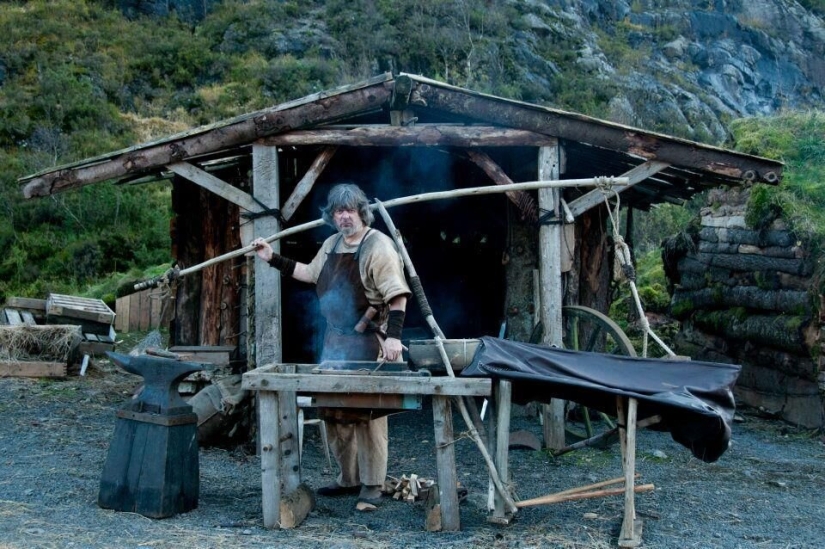
Unlike other regions of Europe, Scandinavian nobility did not consider work to be something shameful. According to surviving information, the ruler of the Norwegian kingdom of Ringerike, Sigurd the Pig, worked in the fields on an equal basis with slaves and farm laborers. This is what gave him his nickname.
Vikings lived in traditional dwellings called langhus, meaning "longhouse." These were low-slung structures, sometimes dug into the ground, with large gable roofs covered with turf. They had no windows, and the doors were small to keep the heat in during the winter. Until the 9th century, a "longhouse" was one large room 10-30 meters long, where several families lived. Such houses housed not only parents with children, but also grandparents, and sometimes even slaves and livestock.
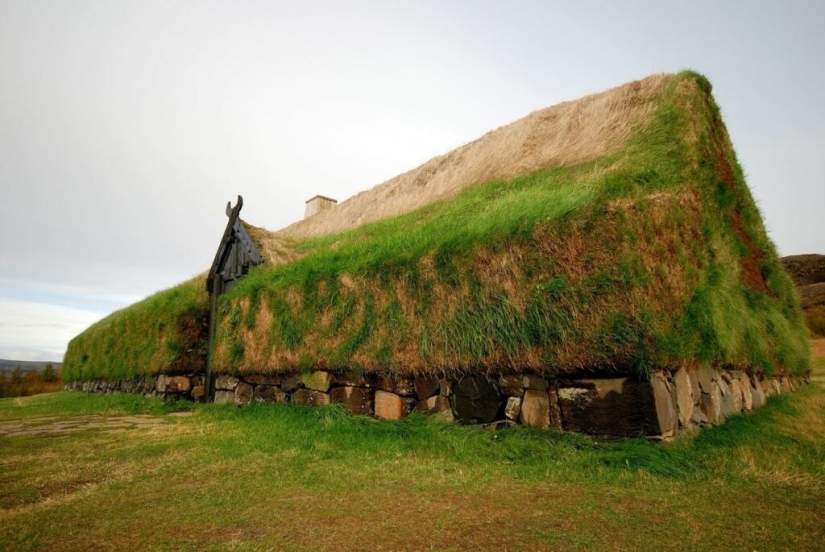
Later, the dwellings began to be divided into separate rooms by partitions: bedrooms, kitchens, storerooms, dining rooms. Due to poor ventilation, there were many smells in the air, including not particularly pleasant ones. It can also be assumed that such "communal" dwellings were quite noisy. But the inside of the dwelling did not look as gloomy as it might seem. The Vikings decorated the walls with fabrics and carved wooden panels. Women wove bright bedspreads, and men carved patterns on furniture.
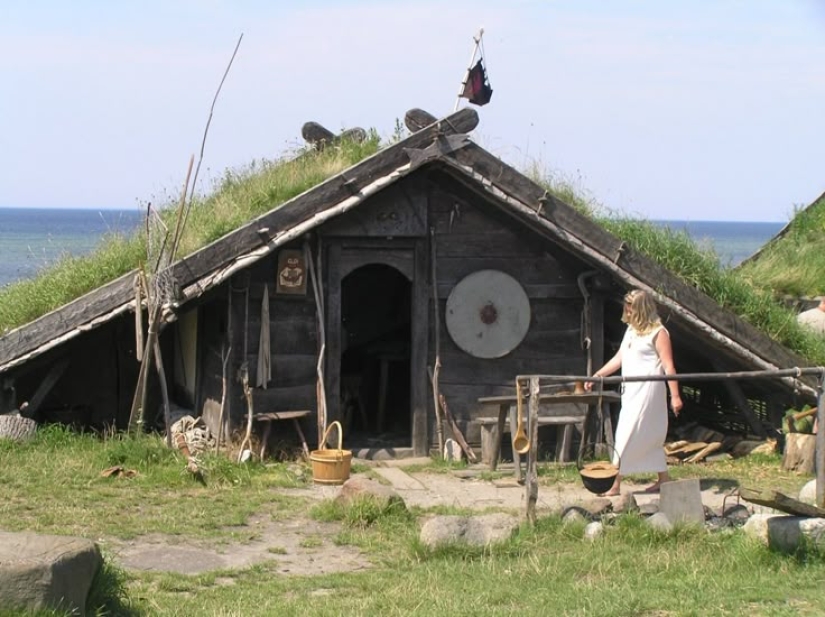
The Vikings who lived in the north of Norway sometimes built small huts (stuygs) in addition to large houses. In such houses, the space was divided into a bedroom and a kitchen. A vestibule was installed at the entrance, which helped to retain heat. They usually heated the house in a black way: a fireplace was placed in the center of the house, and an opening for the chimney was arranged above it.
Viking toilets could be different. Sometimes they would simply set aside a corner of the house where they would dig a hole or put a wooden bucket. There were also separate toilet houses, usually intended for several families. Saturday was considered a day of washing - hence the Scandinavian name of this day of the week. Viking men often bleached their hair and beards, considering light shades more attractive. Women braided their hair in complex hairstyles and wore beautiful jewelry.
The family was the center of everything for the Vikings. Men and women shared responsibilities: men hunted, fished, or went on campaigns, while women ran the household, raised children, and could even own land. Children learned to help with the household from an early age. Boys learned crafts or military skills, and girls learned to weave, cook, and manage the home.
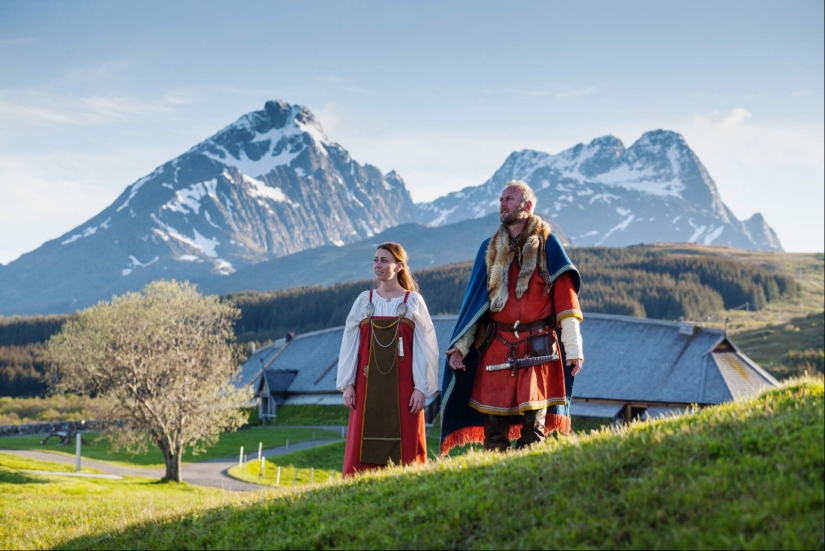
Interestingly, women in Viking society enjoyed more freedom than in other cultures of the time. They could own property, get divorced, inherit property, and even become warriors. The mistress of the house wore a bunch of keys on her belt - this was a symbol of her power over the household. At the same time, the sexual traditions of the Vikings were relatively free: premarital relations were not considered shameful, and polygamy was acceptable for wealthy men.
The Viking social hierarchy was built on three main classes: jarls (nobility), dwarves (free peasants and artisans) and trells (slaves). Social mobility was possible - a successful warrior or merchant could climb the social ladder. A special place in society was occupied by skalds and rune masters, who enjoyed respect regardless of origin.
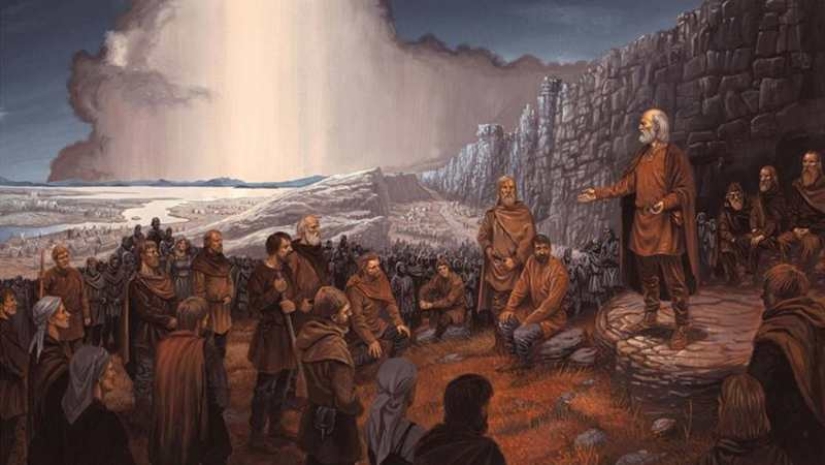
Important decisions were made at tings – popular assemblies where free men discussed laws, resolved disputes and elected leaders. This form of democracy was quite progressive for its time. Family ties and kinship played a key role: blood feud was considered a sacred duty, and the honor of the clan was valued above individual life.
The Vikings knew how to not only work, but also how to relax. On long winter evenings, they would gather around the hearth to listen to sagas – stories about heroes, gods, and amazing adventures. Poets and singers, called skalds, were highly respected in society. The Vikings valued the art of words no less than their skill in battle. Skalds composed sagas that were passed down from generation to generation, preserving the history and mythology of the northern peoples.
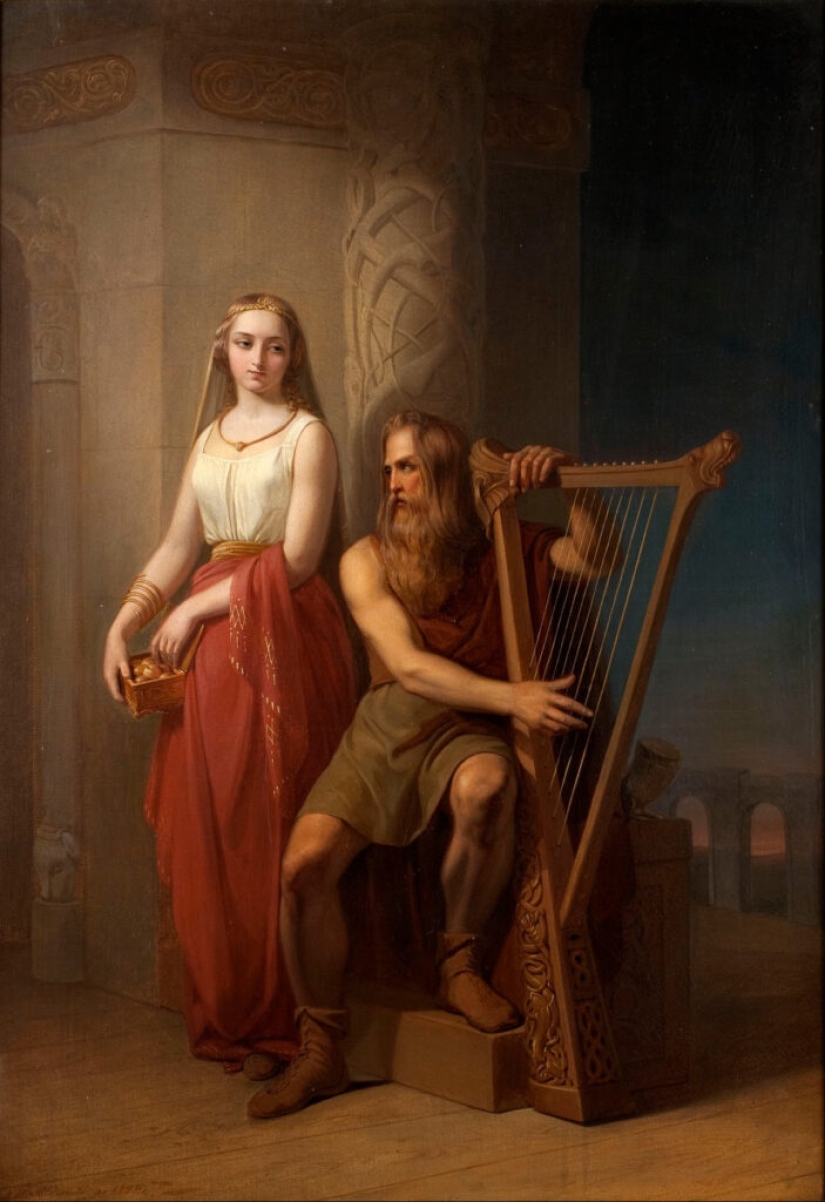
The northerners loved holidays and knew how to organize them. Even in difficult times, they found a reason to rejoice. Most celebrations took place in the fall, when the harvest was finished and the cattle were slaughtered. Winter was also rich in holidays - at this time of year there was less work, and people rested, visiting each other. Yule, or the midwinter holiday, was accompanied by abundant feasts, songs and dances.
Guests from neighboring settlements were often invited to the festivities. Such events could last for several days. The Vikings did not limit themselves to just feasts - they organized sports games and competitions. Not only men but also women took part in the competitions. They competed in fencing, archery, horse riding, swimming and stone throwing.
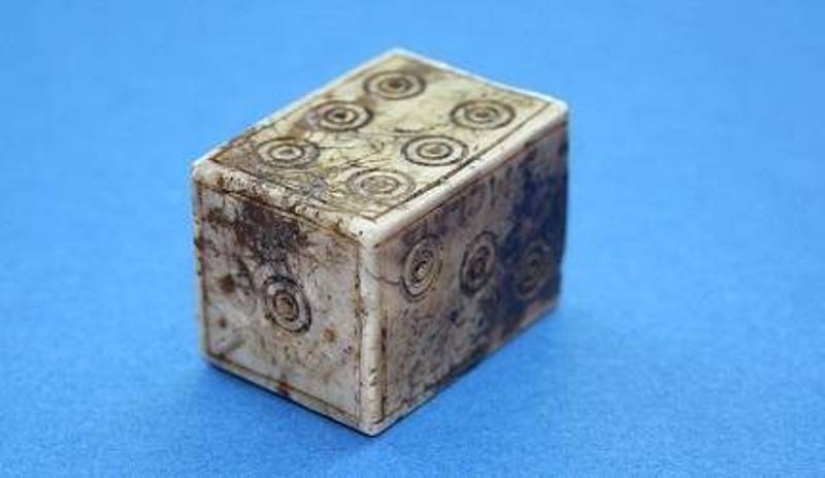
Among intellectual entertainments, it is worth mentioning dice and hnefatafl (or simply tafl). The rules of this game, unfortunately, have been lost, but archaeological finds suggest that it was somewhat similar to checkers. However, the Scandinavians preferred songs and lively dances to any games. Many sagas, songs and legends have survived to this day, which continue to inspire authors of fantasy and historical novels.
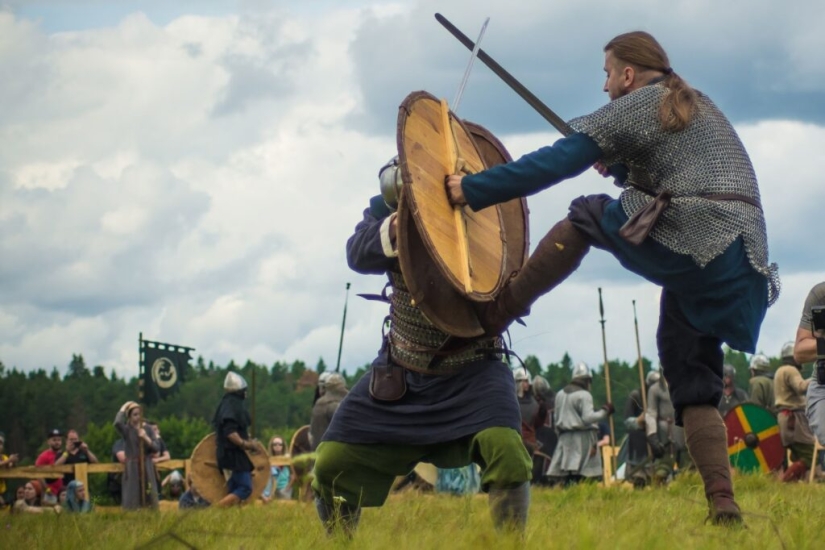
During the festivities, fights often broke out between guests, including with the use of weapons. The Vikings had a cult of violence, and even minor verbal altercations could escalate into a duel or end in murder. Personal conflicts, as well as disputes over land and property, were resolved by force. Special duels, holmgangs, were held for this purpose.
Cruel and merciless during raids, in everyday life the Vikings appear as people with their own joys, fears and customs. What surprised you most in their life: their everyday life, their attitude to holidays or the all-pervasive cult of power? Share your opinion in the comments!
Recent articles

Every guy is attracted to girls in absolutely different ways. For someone, a calm character is important, for someone a pleasant ...

On November 17, 1869, the Suez Canal was opened for shipping. On this occasion, today we will talk about it and about the four ...

We lose childhood in time, but retain it within ourselves. This is probably why we love fairy tales so much. Many fairy tales are ...